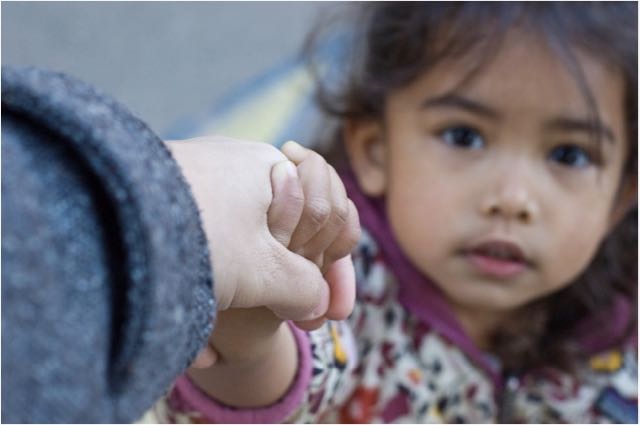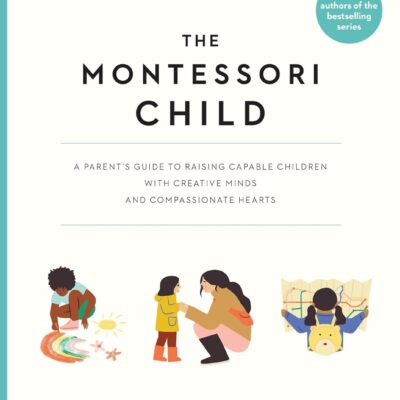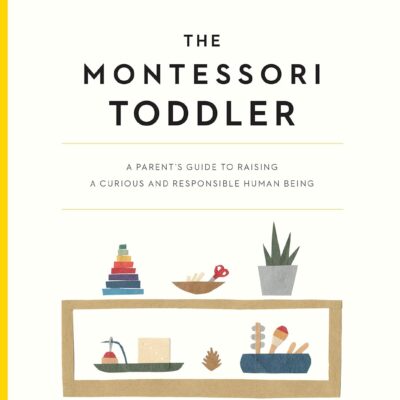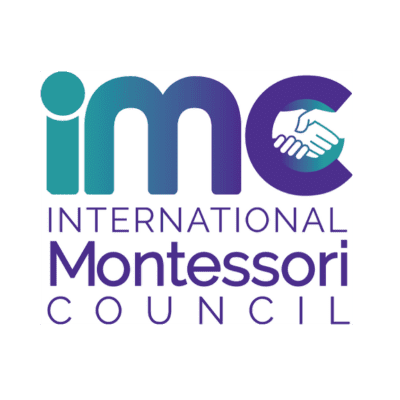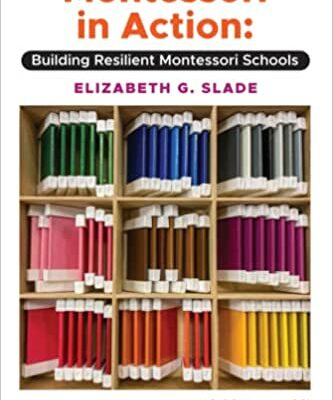by Friends of the Montessori Family Alliance
A MONTESSORI MOM’S GUIDE
Hello fellow Montessori parents, I’m Sarah, a seasoned Montessori mom. As parents, we’ve experienced the joy, curiosity, and sometimes even a bit of confusion that comes with the Montessori journey. I remember the first time I was invited to observe my daughter Gabriella’s class, I was both excited and unsure about what to expect. Over the years, I’ve learned that these observations offer a unique window into our children’s world, and I’d love to share my insights with you.
MY JOURNEY AS AN OBSERVER
The first time I visited Gabriella’s Montessori class, I was instructed to sit in the designated visitor’s chair and observe. At first, it felt a bit strange, sitting in a bustling room full of children, quietly watching. However, with time, I realized the importance of being a silent observer and allowing the class to carry on with its regular routine.
My best advice to you would be to schedule your visits ahead of time with your child’s teacher. This way, the class remains undisrupted, and you get to see an authentic day unfold in the Montessori environment. I found that it’s also crucial to give the younger ones a bit of time to settle into their new routine at the start of the school year before planning a visit.
GUIDANCE THROUGH OBSERVATION
Over the years, I’ve developed a keen eye for certain elements during my visits. Here’s what you might want to look for:
Classroom Layout: The first thing that struck me about the Montessori classroom was its child-centric design. Notice how everything, from the activities to the furnishings and shelves, is within a child’s reach, encouraging independence.
Adult-Child Interactions: The teacher-student relationship in a Montessori classroom is distinct. Watch how teachers guide rather than instruct, fostering a respectful and nurturing environment.
Child’s Workflow: Choose a child and follow their work pattern for a while. Observing Gabriella taught me that every child has a unique pace and method of learning. This understanding has helped me become more patient and supportive as a parent.
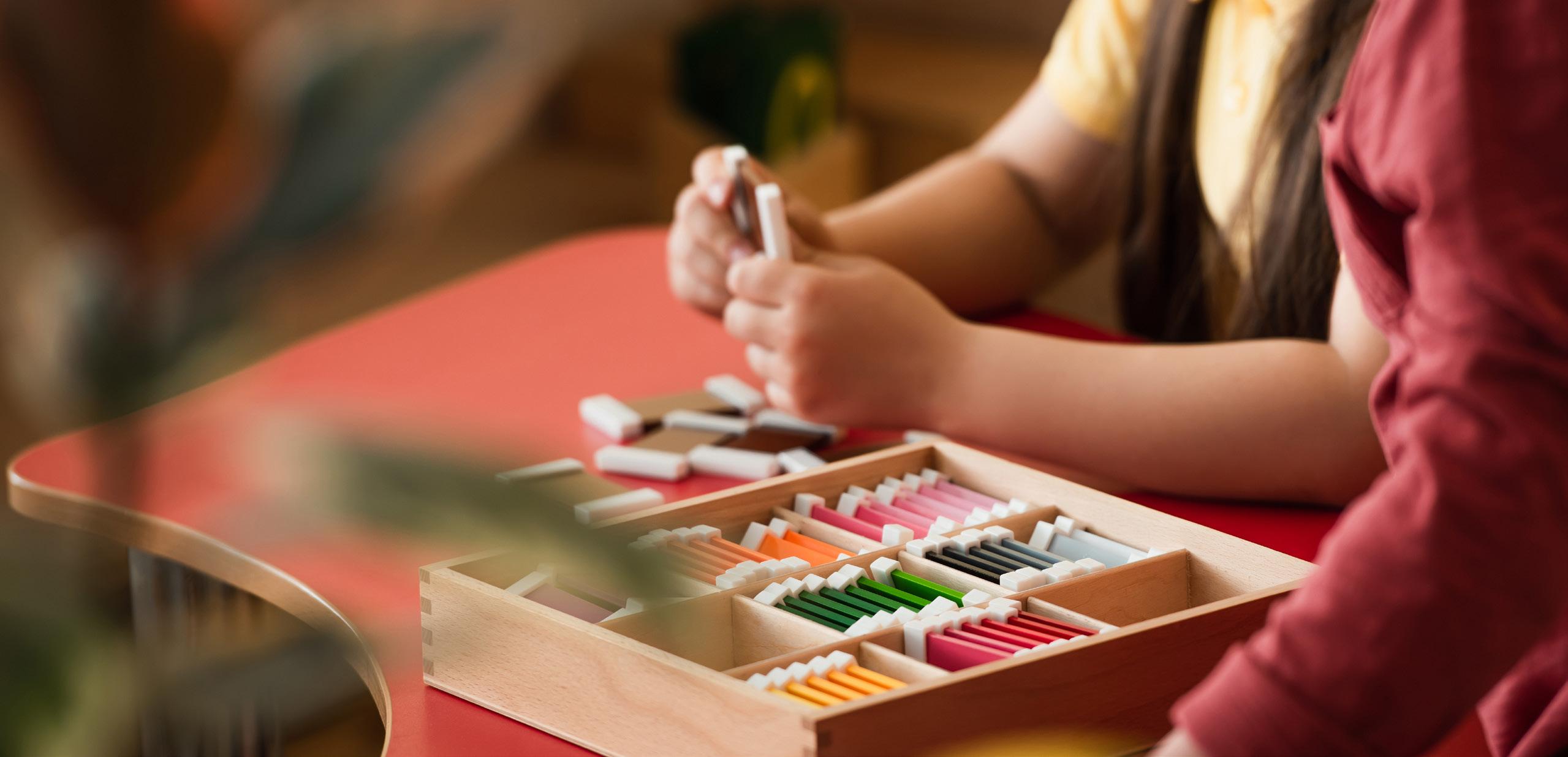
…I REALIZED THE IMPORTANCE OF BEING A SILENT OBSERVER AND ALLOWING THE CLASS TO CARRY ON WITH ITS REGULAR ROUTINE.
Teaching Methods: Observe how lessons are imparted to individual students or small groups. I was amazed to see how the teachers adjusted their teaching style according to each child’s needs.
Montessori Materials: Pay attention to how the children interact with the Montessori materials. Seeing Gabriella drawn towards certain activities helped me understand her interests and aptitudes better.
Peer Learning: One of the beauties of Montessori education is peer learning. Watching older children guide the younger ones was a heartwarming experience.
Self-correction: Another striking Montessori principle is self-correction. Watching children correct their own work instilled in me a great respect for the Method and helped me trust Gabriella’s problem-solving abilities more at home.
WHAT I LEARNED AS A MOM
Observing Gabriella’s Montessori class transformed me as a mom. I learned the importance of patience, trust, and respect in guiding my child’s development. I discovered how to encourage Gabriella’s independence, help her follow her interests, and foster her problem-solving skills. This understanding has helped me create a nurturing environment at home that aligns with her Montessori experience.
Remember, observing is not about scrutinizing every detail; it’s about gaining insights into your child’s learning journey. I hope my experiences will guide you on this beautiful path of observation. Happy observing!



